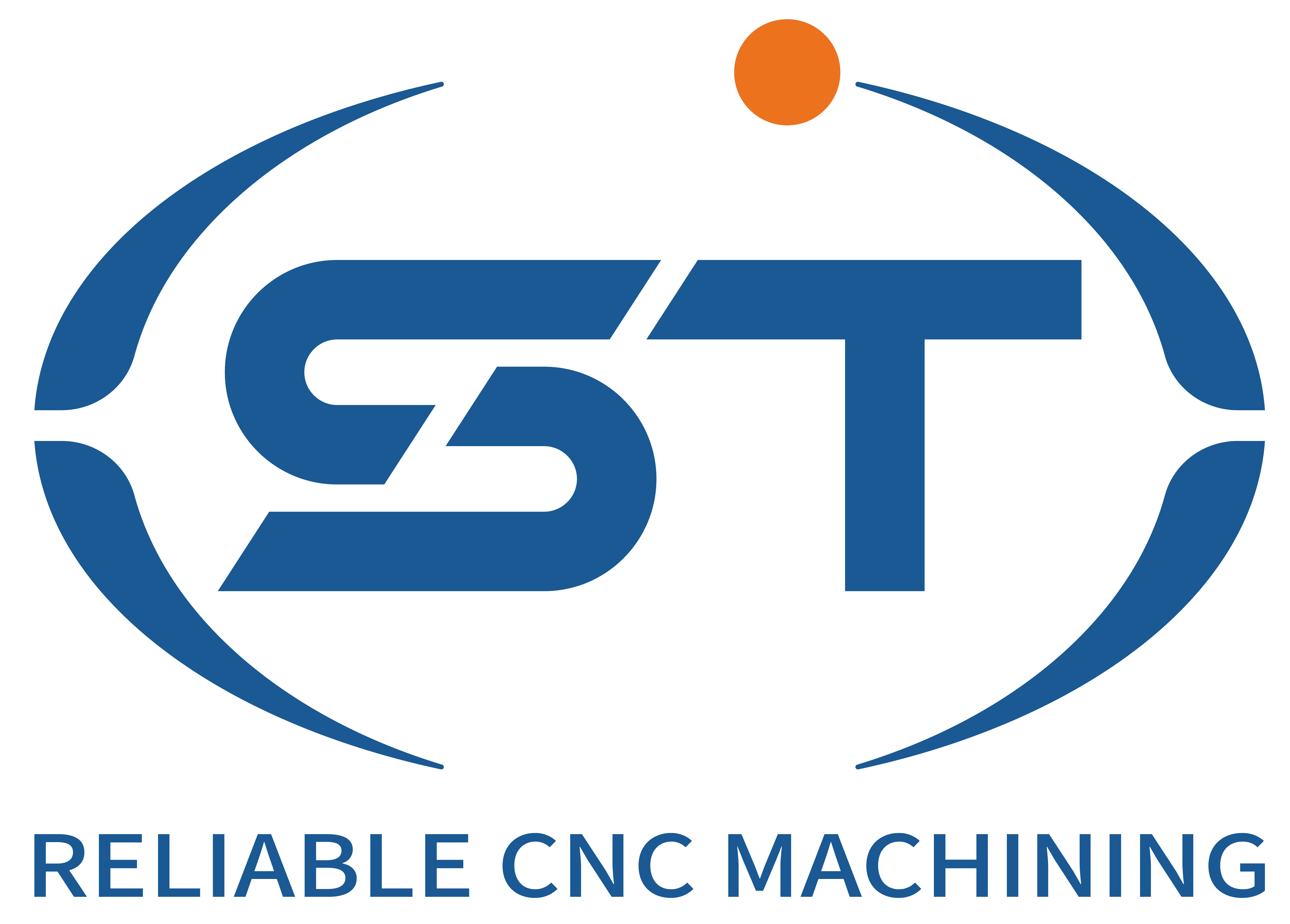The numerical control processing of automotive engine parts faces multi-dimensional technical challenges, and its core difficulties are concentrated on the contradictory balance among material properties, geometric complexity, precision control, thermal deformation and processing efficiency. The following analysis is carried out from five key dimensions:
Содержание
ПереключениеFirst, the cutting challenges in the processing of high-strength materials
Material properties and tool life
The key parts of the engine (such as the crankshaft and cylinder block) mostly adopt high-strength alloy steel (such as 42CrMo4) or powder metallurgy materials, with a hardness of HRC35-45, and the cutting force is 30%-50% higher than that of ordinary steel.
The cutting temperature is prone to exceed 800℃, causing rapid tool wear (for example, the service life of carbide tools may be less than 20 minutes). It is necessary to extend the service life by optimizing the cutting parameters and cooling strategies.
Chip control and chip breaking
Continuous long chips are prone to entwining the tool or scratching the machined surface, especially in deep hole machining (such as the main oil passage holes of the cylinder block), where forced chip breaking grooves need to be designed or pulse cutting (pause for 0.1 second every 0.5 seconds of cutting) should be adopted.
The chip morphology needs to be optimized through the combination of the rake Angle (8°-12°) and the relief Angle (6°-10°). For example, when processing cast iron, negative rake Angle tools are used to reduce chipping.
Second, the accessibility of processing complex geometric structures
Deep cavity and narrow groove processing
Deep cavity structures such as the combustion chamber and oil passage of the cylinder block (with a depth-to-diameter ratio >5) require the use of extended tools, but the decrease in rigidity leads to excessive vibration (for example, the surface roughness deteriorates when the amplitude is >0.02mm).
Narrow groove (width <3mm) processing requires custom tools (such as milling cutters with a tool holder diameter of 1.5mm), but insufficient chip removal space is prone to cause tool breakage.
Multi-surface intersection line accuracy
The curvature radius at the intersection of the cylinder head airway and the combustion chamber changes sharply (such as suddenly from R5mm to R0.5mm). Five-axis linkage processing should be adopted and the tool axis vector should be dynamically adjusted to avoid overcutting or residue.
Complex surfaces (such as turbocharger impellers) need to control residual stress through high-speed milling (cutting speed >200m/min) and small cutting depth (0.05-0.1mm).
Third, micron-level precision and surface quality requirements
Form and position tolerance control
The coaxiality of the crankshaft journal should be ≤0.005mm, and the cylindricity of the cylinder bore should be ≤0.003mm, which can be achieved through online measurement and compensation. For example, measure the cylinder hole size every 10 pieces processed and dynamically adjust the tool offset.
Parallelism and perpendicularity errors need to be guaranteed by both the geometric accuracy of the machine tool (such as column perpendicularity ≤0.01mm/1000mm) and the positioning accuracy of the fixture (repeat positioning ≤0.003mm).
Surface integrity
The key friction pairs of the engine (such as piston ring grooves) need to control the surface roughness Ra≤0.4μm, and at the same time avoid work hardening (the depth of the hardened layer <0.02mm).
Residual stress needs to be reduced by optimizing cutting parameters (such as low speed and large cutting depth) and subsequent polishing (such as magnetic grinding) to avoid the initiation of fatigue cracks.
Fourth, thermal deformation and clamping stability
Processing thermal deformation
Continuous processing (such as cylinder block milling) can cause the temperature rise of the workpiece to reach 50-80℃, leading to dimensional expansion (for example, the expansion coefficient of aluminum alloy is 23×10⁻⁶/℃, and a 100℃ temperature difference results in a 0.23mm dimensional change).
Thermal deformation should be controlled by adopting staged processing (such as natural cooling for 2 hours after rough machining before finishing machining) or low-temperature cooling (cooling to -196℃ with liquid nitrogen).
Release of clamping stress
Excessive clamping force on thin-walled parts (such as cylinder heads) can cause deformation. Stress should be dispersed through hydraulic fixtures (clamping force adjustable to 0.5-2MPa) and elastic supports (such as rubber pads).
The clamping scheme needs to be simulated and analyzed (such as finite element analysis of the clamping force distribution) to avoid excessive rebound after processing.
Fifth, the contradiction and balance between efficiency and cost
Processing cycle optimization
The processing of the engine block needs to be completed within 8 to 12 minutes, but the high-precision requirements limit the cutting parameters (for example, the rough machining depth is ≤2mm, and the finish machining depth is ≤0.3mm).
Efficiency needs to be enhanced through process concentration (such as in compound machining centers) and tool path optimization (such as replacing vertical cutting with spiral cutting).
Tool cost and tool change time
The cost of a single piece of hard alloy cutting tools can reach 50 to 100 yuan, but frequent tool changes (such as 8 to 10 times per shift) affect efficiency. The cost and efficiency need to be balanced through tool life prediction (such as vibration monitoring) and automatic tool changing system (ATC tool changing time <2 seconds).
Sixth, Analysis of Typical cases
Difficulties in processing the cylinder block of a certain V6 engine:
During the processing of deep cavity oil passages (with a depth-to-diameter ratio of 6:1), the tool vibration exceeded the standard, resulting in a surface roughness Ra>1.6μm. Optimization measures:
Adopt vibration-reducing knife rods (with a 40% increase in damping coefficient);
The cutting parameters were adjusted to Vc=80m/min and fz=0.1mm/z;
Increase high-pressure internal cooling (pressure 0.5MPa).
Result: The surface roughness was reduced to Ra0.8μm, and the tool life was extended to 45 minutes.
Difficulties in processing the crankshaft of a certain diesel engine:
The roundness of the connecting rod neck exceeds the tolerance (>0.008mm), resulting in poor dynamic balance. Optimization measures:
Adopt follow-up grinding (CNC grinding wheel dressing compensation);
Segmented cooling (water-based coolant for rough grinding and oil-based coolant for fine grinding);
The online measurement system provides real-time feedback (measuring once every two pieces processed).
Result: The roundness error was reduced to 0.003mm, and the dynamic balance accuracy was improved by 60%.
The numerical control machining of automotive engine parts requires the collaborative optimization of materials, processes and equipment to break through bottlenecks such as cutting of high-strength materials, processing of complex structures and control of micron-level precision. In actual production, it is necessary to establish a process parameter database and a quality traceability system in combination with the specific structure of parts, material properties and equipment capabilities, so as to achieve efficient and stable batch production.




